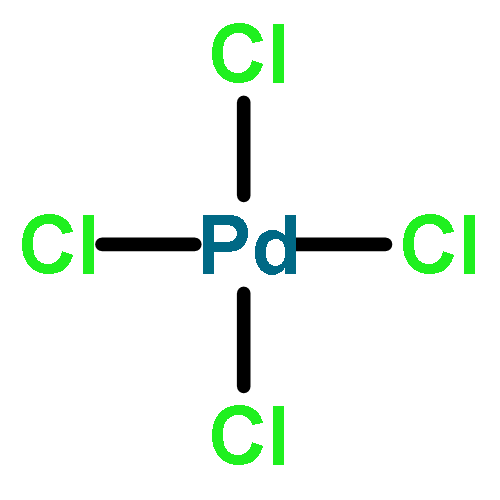Co-reporter: Zheye Zhang, Tai Sun, Chen Chen, Fei Xiao, Zheng Gong, and Shuai Wang
pp: 21035
Publication Date(Web):November 6, 2014
DOI: 10.1021/am505911h
We reported the development of a new type of bifunctional nanocatalyst based on three-dimensional (3D) macroscopic carbon nanotube (CNT)–graphene hydrogel (GH) supported Pd nanoparticles (i.e., Pd–CNT–GH) and explored its practical application in catalytic reduction of p-nitrophenol to p-aminophenol. The 3D Pd–CNT–GH was synthesized by a facile one-pot self-assembled approach through hydrothermal treatment of a mixed aqueous precursor solution of PdCl42–, CNT, and graphene oxide (GO). Under the appropriate condition, the spontaneous redox reaction between precursor PdCl42– and CNT–GO as well as the self-assembly of macroscopic CNT–GH occurs simultaneously, leading to the formation of 3D Pd–CNT–GH. Because of the unique structural and functional properties of different components in the nanocatalyst and the synergistic effect between them, the as-prepared Pd–CNT–GH exhibits superior catalytic performance toward the reduction of p-nitrophenol to p-aminophenol, with 100% conversion within 30 s, even when the content of Pd in it is as low as 2.98 wt %. Moreover, after 20 successive cycles of reactions, the reaction time still keeps within 46 s. Therefore, the rational design of 3D macroscopic graphene-based nanohybrid material supported highly catalytically active nanoparticles, combined with the facile one-pot self-assembled strategy, provide a universal platform to fabricate desired 3D multifunctional nanomaterials that can be used in a broad range of catalysis, environmental protection, energy storage and conversation, drug delivery, chemical and biological sensing, and so forth.Keywords: carbon nanotube; catalysis; graphene hydrogel; one-pot self-assembly; p-nitrophenol; palladium nanoparticles


